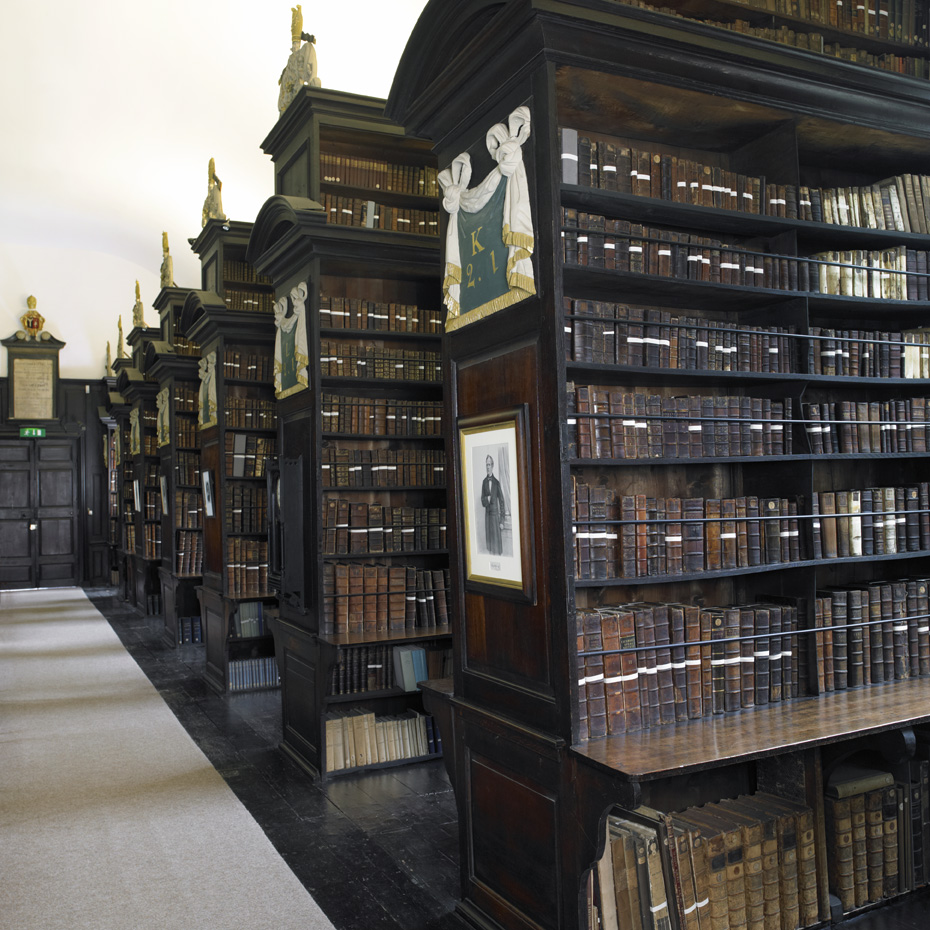A family trip to Imaginosity (aka the Dublin Children’s Museum) is a sure-fire way to entertain youngsters eager to learn about play through a series of imaginative exhibits. Aimed at kids under 9, the various displays and activities present aim to encourage young children to work together, enjoy themselves and learn a bit along the way. The museum is particularly keen to emphasise expression and art, while the building also features a rooftop playground with an eco-friendly theme.
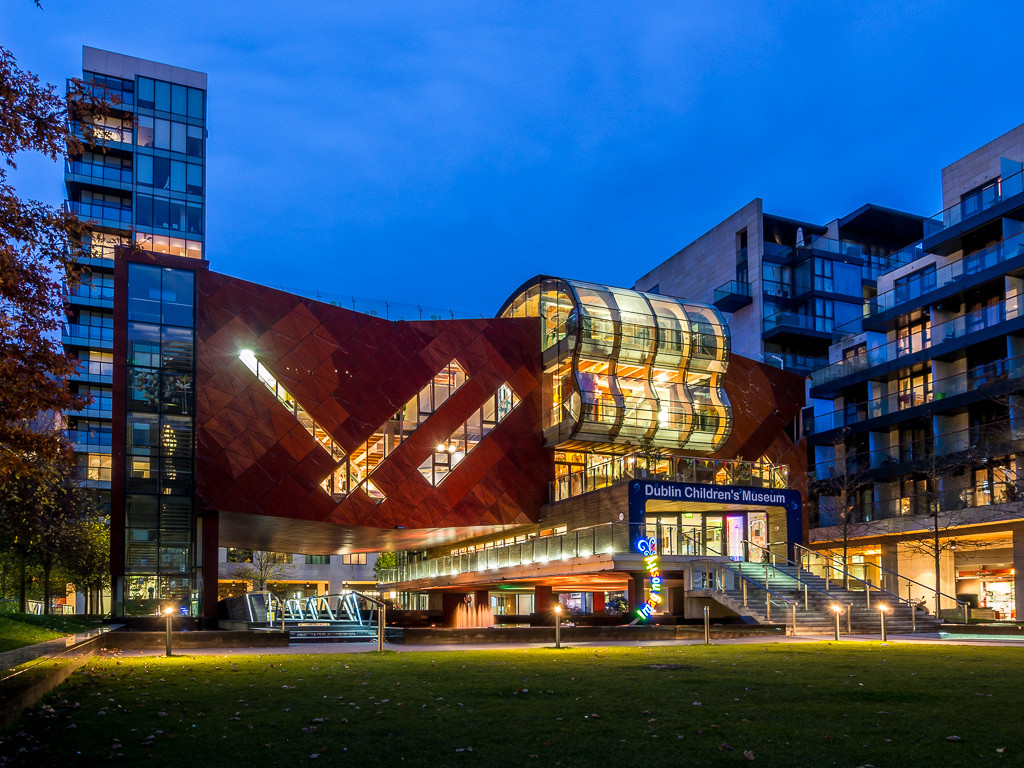
Families with infants and toddlers will be pleased to find a huge range of toys designed to interest the under 3s, while children a bit older can enjoy everything from the theatre which encourage kids to act, and the maths house which has toys to help little ones learn counting. One of the most popular areas is the puppeteer’s room, where dozens of wonderful creatures are recreated as lively, colourful puppets.

Ireland’s National Print Museum in Dublin gives the age-old print industry a new lease of life in exhibiting the many advances and changes to have happened in printing over centuries. Tracing the earliest appearance of print in Ireland to the presses existing in Renaissance times, the collections of documents and equipment involved in this fine craft are among the most wide-ranging and formidable in the world.
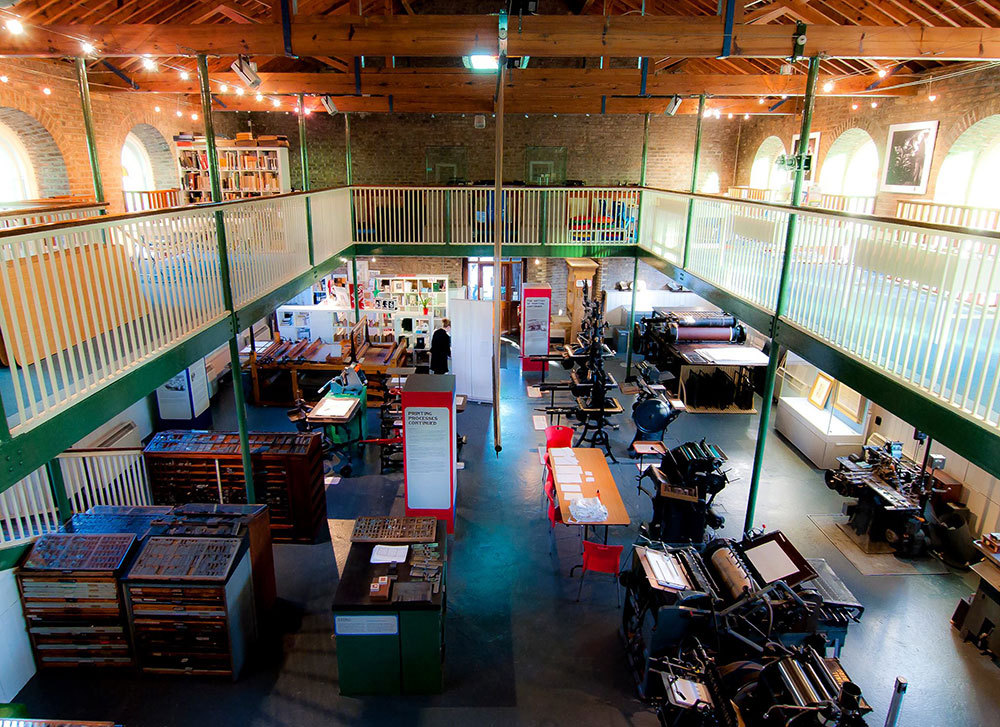
Visitors and enthusiasts of design and print will be thrilled to see the range of printing machines on display, with details about typography and best practices in the printing craft relayed. Some of the equipment is still operational, and is used to educate students of printing in achieving the greatest impact and depth with this valued skill. Also present are exhibitions on the power that good graphic design and print can exude, such as in political and protest posters. Furthermore, the principles of creating good magazine and book cover designs are also investigated.
Farmleigh is an illustrative example of a stately home, sitting as it does upon an estate of 78 acres a short way north-west of Dublin’s Phoenix Park. It would for years be the home of the Guinness family, whose name graces the beer which is to this day an iconic product of Ireland. Often, Farmleigh functions as a hosting place for highly placed visitors and national delegations of politicians coming to Ireland, being fittingly magisterial and grand. Farmleigh began its existence as a much smaller home, expanding to its present size from the 1880s onward.
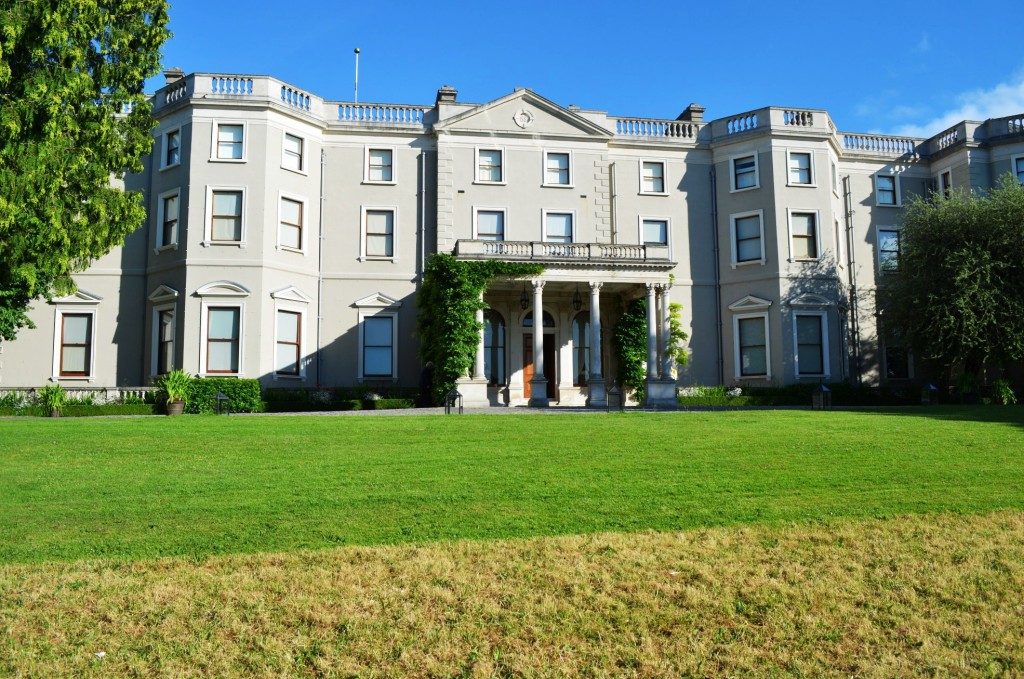
Tourists and residents of the area are welcome to head within and peruse the well-tended grounds. The interior is open daily for individuals wishing to take a tour each hour, wherein the family’s collection of heirlooms and the stunningly furnished Benjamin Iveagh library offer insight into how one of Ireland’s most prosperous families furnished their surroundings. What’s more, parking is free and the nearby Boathouse Restaurant is more than capable of offering quality food to sate appetites.

The National Wax Museum Plus houses an amazing collection of wax sculptures, with everything from wacky cartoon characters to people in modern popular culture, to actual figures in Irish history and art are present. Wax is also used to educate visitors, with accurate models of human organs and inventions displayed in the science-themed part of the venue, while Dublin’s own Bram Stoker is honoured in the Dracula waxwork exhibit. The detail of practical uses wax has other than as a modelling material, such as its presence in early musical recordings, completes the creative variation the museum is renowned for.
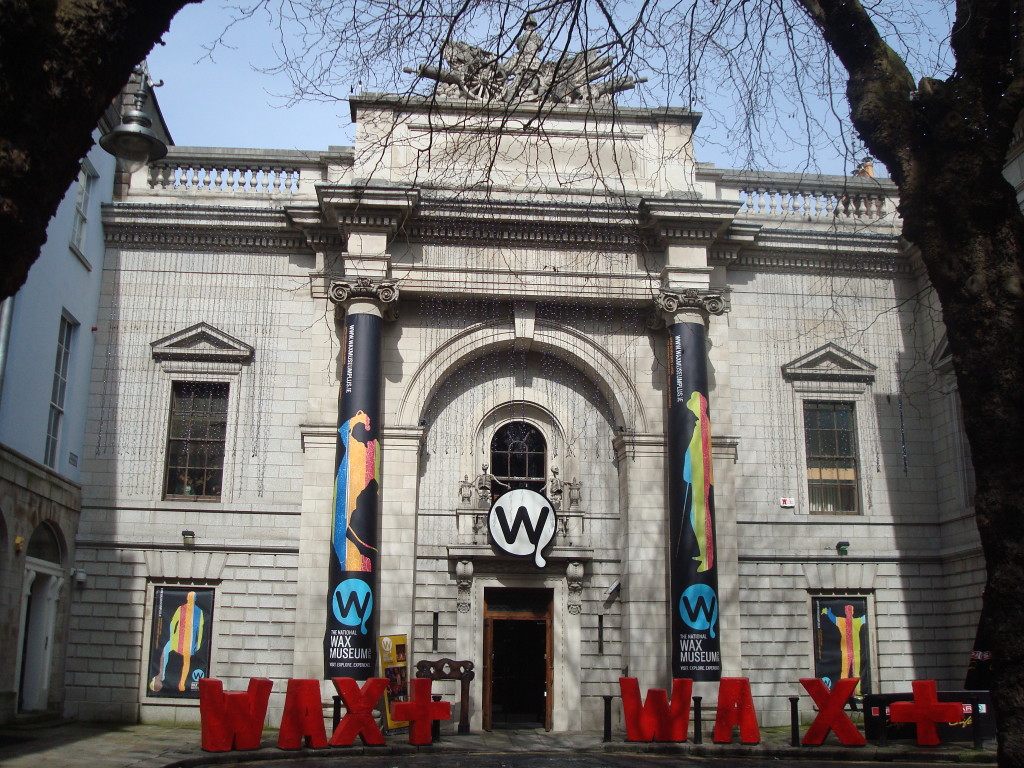
This museum is particularly popular with children, with demonstrations of waxwork making available for group and school visits. Seasonal exhibits are common, with events and new unveilings taking place regularly. The wax displays are open to the public for 362 days of the year, and have proven popular with both locals and tourists with families who particularly enjoy the room stocked with lifelike Star Wars and superhero figures.

Dublin’s Geological Museum is a splendid structure housed within Trinity College, operated by the Geological Department of the university. Many specimens of ancient animal remains and fossils are present, while details about the mineral qualities on Earth are resplendent throughout the rooms. The applications and importance certain materials carried or carry to human endeavours are expounded upon in detail, with the collection displayed having grown to over 80,000 distinct items over the course of a century.
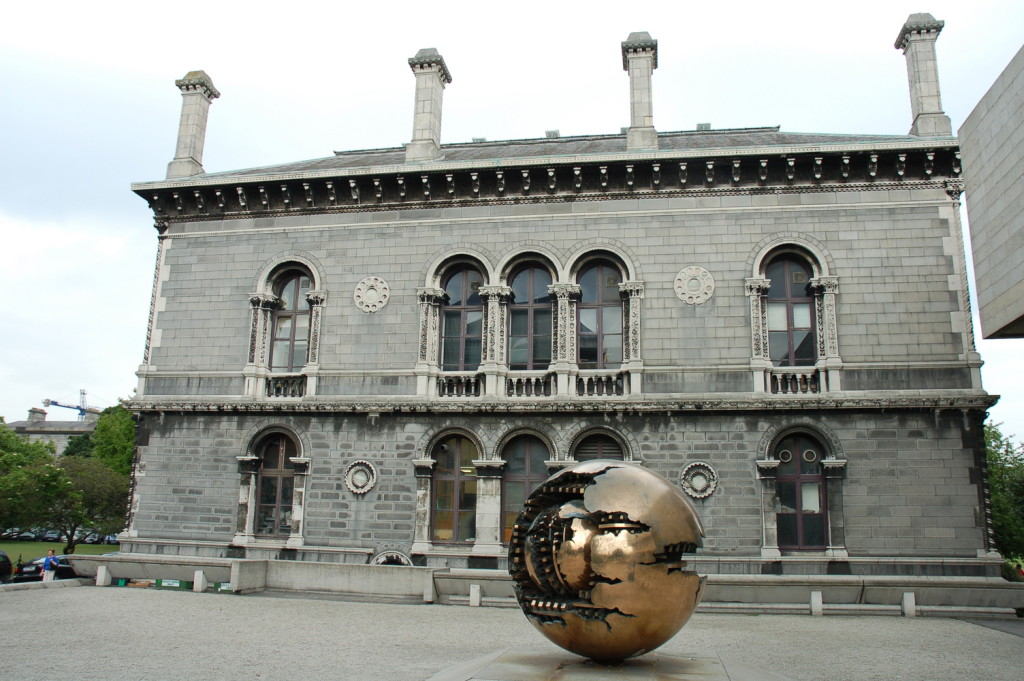
Many of the grander displays present depict creatures native to Ireland, with both examples of beasts extinct ages ago, and animals still present today. The museum has a strong affiliation with the Irish Geological Association whose members enthusiastically understand Ireland’s rocks and soils. The Geological Museum’s vast collection ensures many visitors attend each year, with doors open from 9am to 5pm throughout the weekdays.
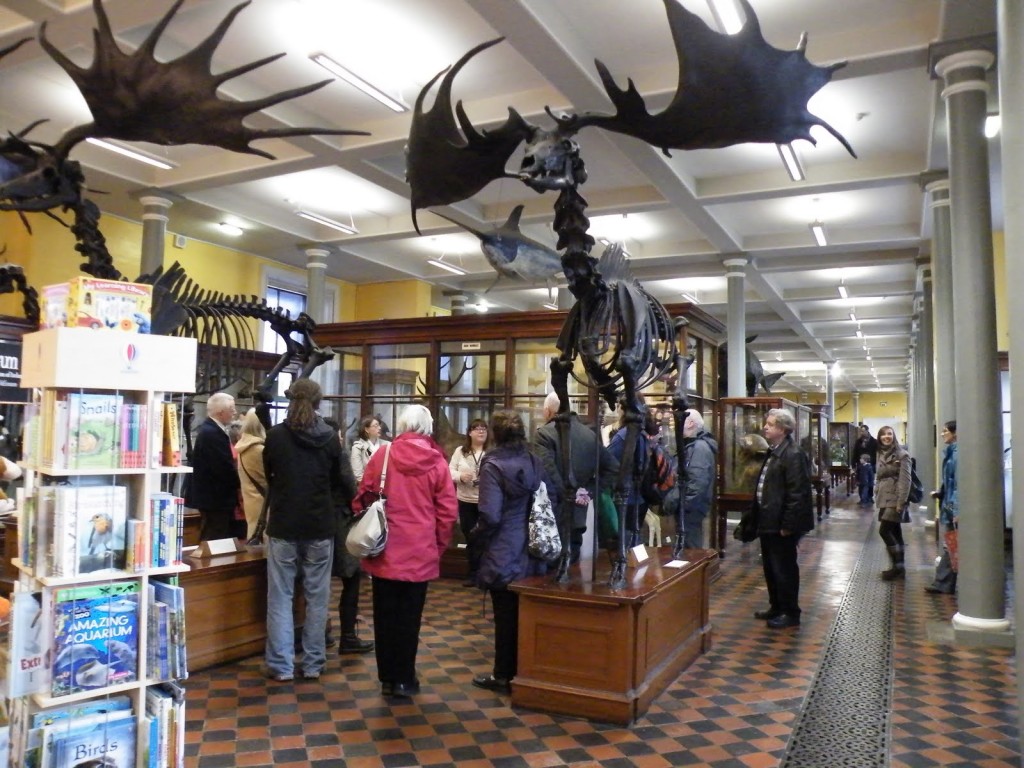
The National Library of Ireland in Dublin is home to archived materials including books, microfilms and – in the National Photographic Archive – pictures. Visitors to Dublin for genealogical purposes will be pleased to discover the range of family records kept, while those interested in learning more about Ireland’s past will enjoy the exhibitions hosted discussing elements of the country’s history. Literature buffs too will be impressed by the examples of original first editions of esoteric and popular works, some of which the library displays prominently for visitors to examine.
The National Library’s many tomes and materials are kept within the magnificent façades of the exterior, which appropriately reflects the heights of culture and architecture to which Ireland has ascended. Anyone wishing to discover more about Dublin’s history will be pleased to find the pictures, drawings, prints and written records available enlighten so thoroughly enough to occupy at length their scholarly interests.
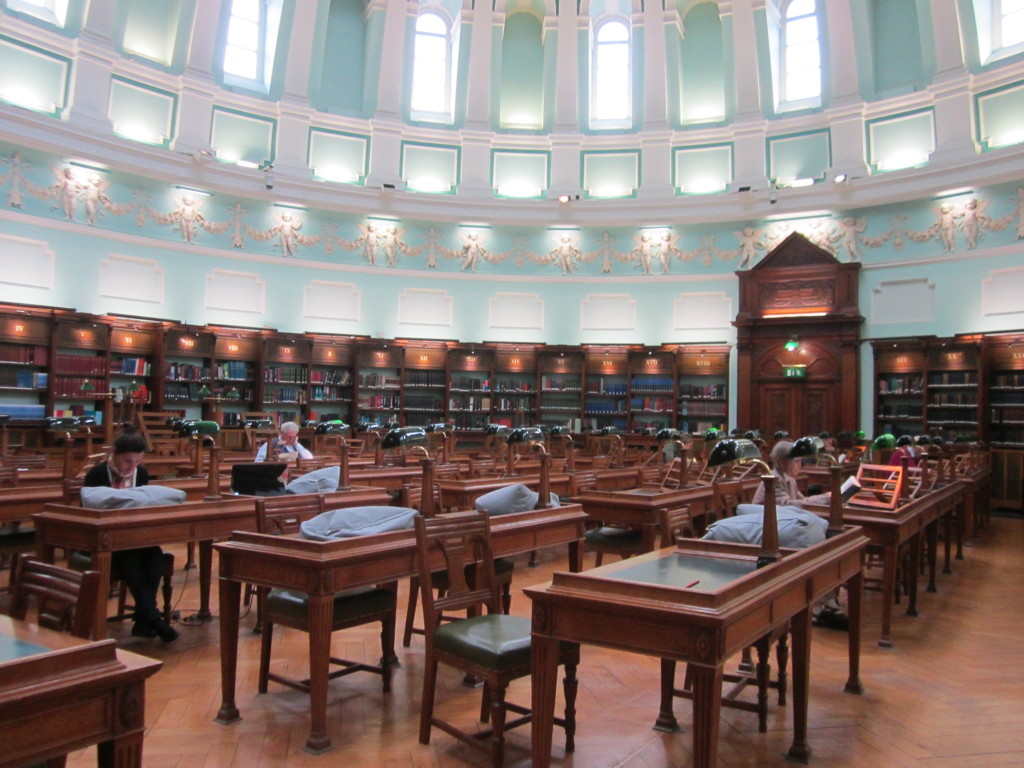
The National Transport Museum of Ireland in Howth near Dublin showcases to visitors an impressive range of vehicles, each serving as an example design from a particular automotive period. The earliest car housed in the museum dates from way back in 1883, to an era predating the internal combustion engine. Many examples of ordinary cars and public transportation buses ridden back in olden times are accompanied by their equivalent emergency vehicles, such as old ambulances and fire engines.

Usually open during the afternoons, the museum’s many old motors are prominently displayed, with a hint of whimsy, in the castle grounds of the old seaside town of Howth. As such it has become a common stopping off point for day trippers who’ve arrived back in town after a day’s walking and their lunch. Unlike many larger museums, the National Transport Museum is run by volunteers who charge only a small fee for entry.
The Malahide Castle and Gardens offer a beautiful portrait of rural Ireland, the oldest structures on this marvellous 260 acre estate a window into how life proceeded in the country ages ago. The principle seat of the famed Talbot family for eight hundred years, Malahide Castle stood through ages of Ireland, wherein much change and upheaval occurred. Eventually the family sold the castle to Ireland’s government, who set about renovating it into the place we see today. Family heirlooms and artefacts from across the centuries act as illustrative examples of how Ireland’s upper classes lived through the centuries.

With guided tours around Malahide Castle departing daily, absorbing the history and beauty of the structure and its ornate dining and sitting rooms was never easier. The associated botanical gardens are nestled just behind the visitor’s centre, meaning those stopping by can attend the made-for-purpose exhibition and peruse the multitude of plants gathered by Lord Milo Taylor, an enthused botanist who spent years travelling the world to assemble his own delightful garden.
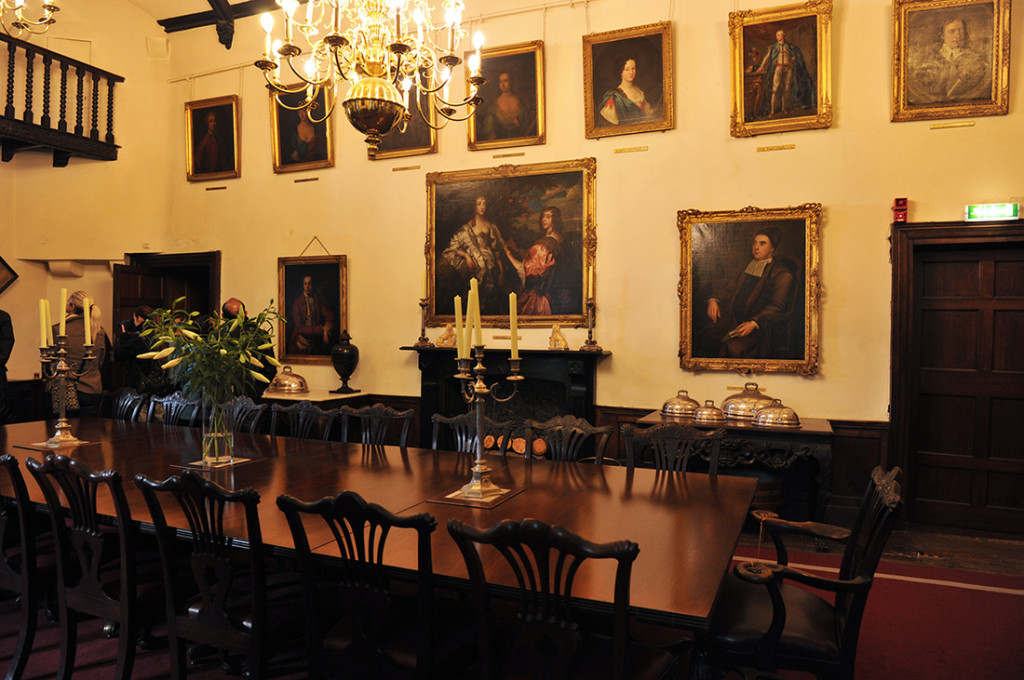
The Irish Whiskey Museum brings the art of whiskey distilling into Dublin with a selection of intuitive exhibits demonstrating the evolution and methodology involved in producing the spirit. While Scotland has become the dominant player in the distilling market, many of the techniques up north used Irish know how carefully honed over generations as whiskey evolved from a foul brew into a refined, delectable product. This is a point the Irish Whiskey Museum keenly emphasizes while noting the endorsements the alcoholic drinks industry have uniformly bestowed upon their establishment.
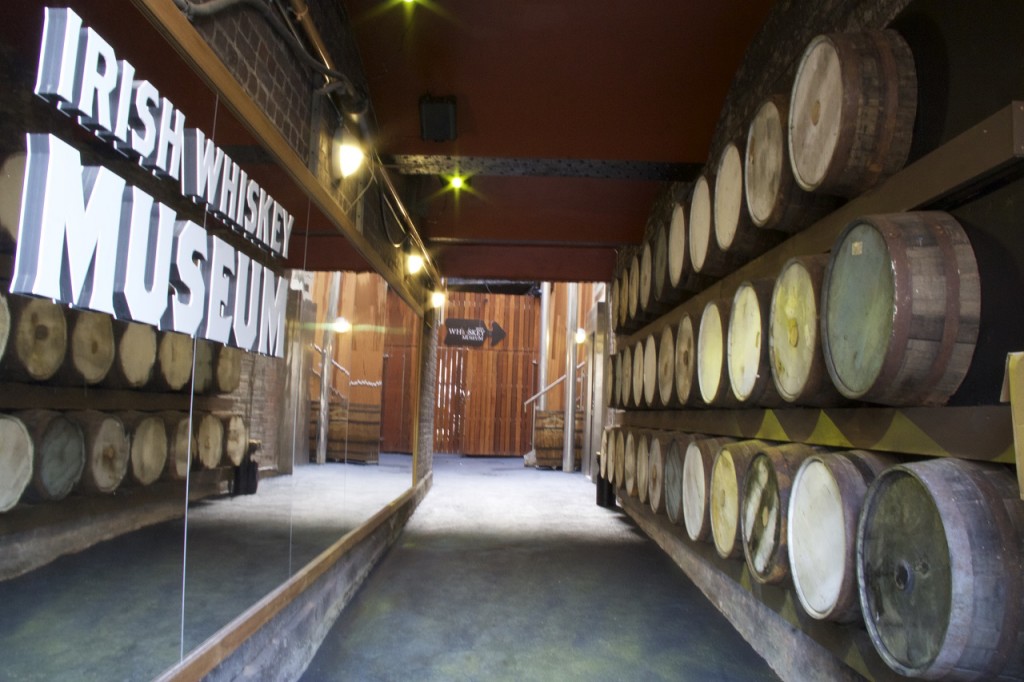
Tours regularly occur throughout the day, with participants invited to sample three differing whiskies each distinct from the other. The sampling process is an avenue for explanation, with the different qualities of the malt and casks imparting subtle notes to each drink. Those wanting to taste a luxury whiskey and take home a souvenir of the museum might elect to upgrade themselves to the VIP status befitting a truly tasteful tippler.
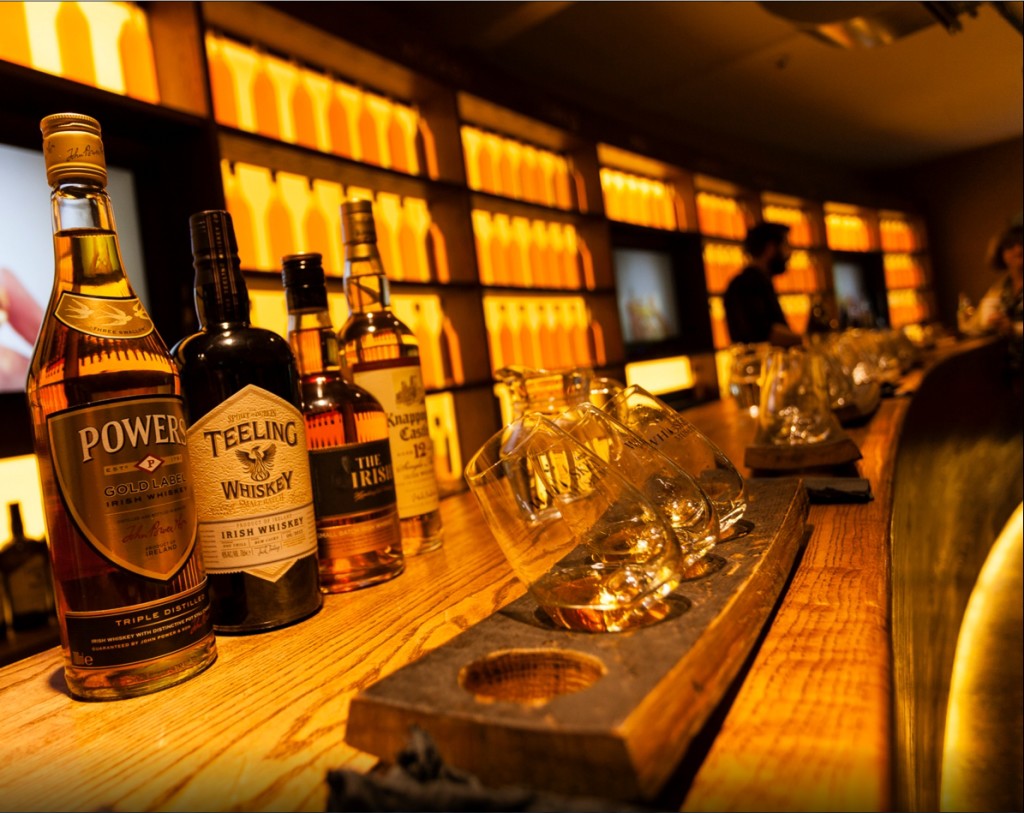
Marsh’s Library is a superb example of late Renaissance architecture, its tall windows and red brick walls a tantalizing encasement of the many valuable tomes within. Built in 1707 next to St. Patrick’s Cathedral, the library has doubtless contracted and contributed to the locality’s air of olden elegance – where the Cathedral brings medieval piety, Marsh’s Library brings the intellectualism of the Enlightenment era.
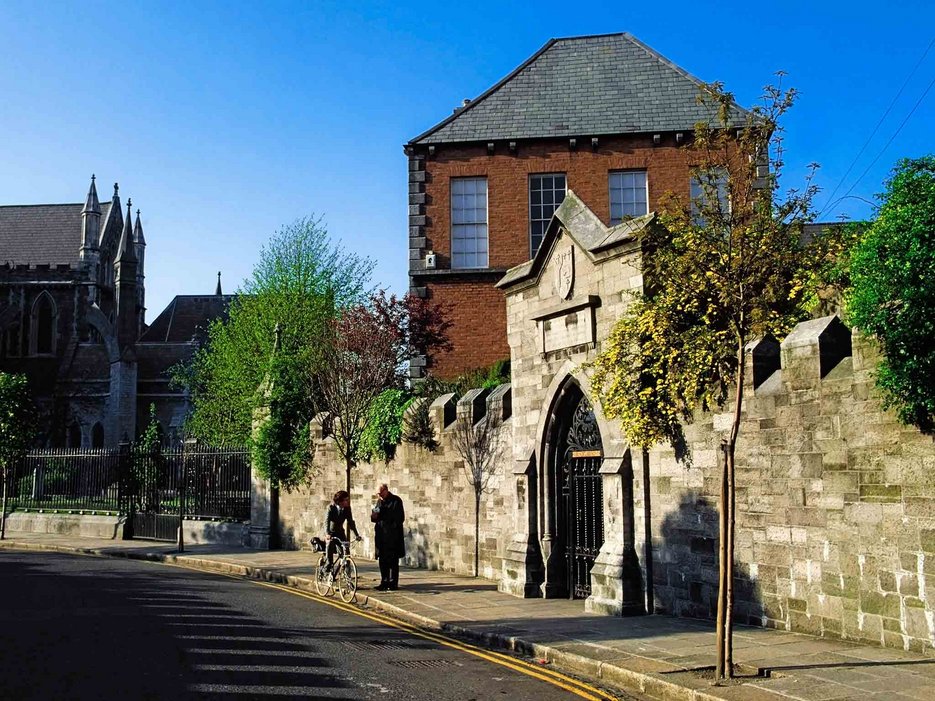
Within are more than 25,000 distinct texts; open for the public, the library conducts a daily tour that explains the history of both the building and its most noteworthy texts. Visitor numbers are on the rise; almost 20,000 tourists in 2015 stopped by to soak in the atmosphere and majesty the library’s original fittings and architecture impart so gracefully. A small fee of 3 euros applies to non-member visitors, with the whole amount going to the preservation of both the structure itself and the many valued volumes comprising its collection, while also funding the exhibitions Marsh’s occasionally hosts.
